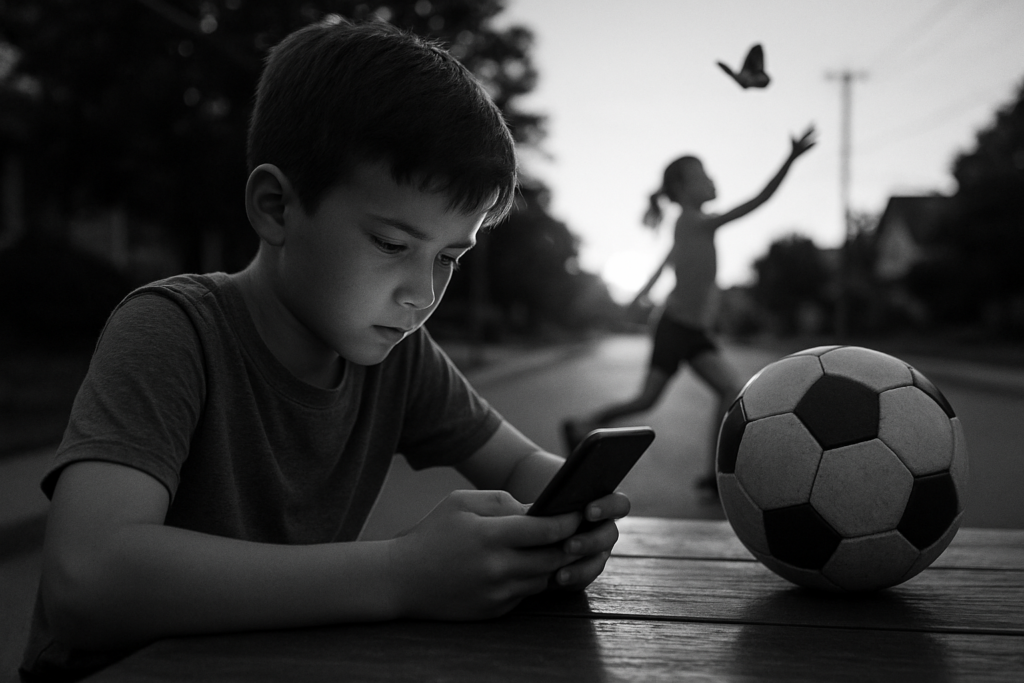Understanding In-Game Purchases
In-game purchases have become a common element of gaming. They range from cosmetic upgrades to game-enhancing add-ons.
What Are In-Game Purchases?
In-game purchases refer to digital transactions within a game. These may include:
- skins (character outfits)
- in-game currency
- weapons
- power-ups
Players often use real money to acquire these items, enhancing their gaming experience or providing a competitive edge. For example, popular games like Fortnite and Roblox offer a variety of purchasable items to customize characters or unlock features.
How Do They Affect Gameplay?
In-game purchases modify how players experience a game. Cosmetic items like skins don’t impact gameplay mechanics but add visual appeal.
Functional items, such as weapons or power-ups, can change game dynamics by improving a player’s abilities or accelerating progress.
This distinction impacts how players interact with the game and can sometimes create an imbalance, especially in competitive scenarios. Games like Clash of Clans or Candy Crush Saga exemplify this by offering boosts that help players advance more quickly.
The Impact on Children and Teenagers
In-game purchases significantly affect children and teenagers. Exposure to such transactions shapes their psychological and financial behaviors.
Psychological Effects of In-Game Spending
In-game spending influences young gamers’ psychology. Kids often seek instant gratification, finding pleasure in acquiring new items or abilities.
This gratification can lead to addictive behaviors, similar to gambling habits, as they chase the next reward. Games exploit these psychological triggers, employing mechanisms like loot boxes and limited-time offers.
A study by the Royal Society for Public Health found that 82% of young people experienced stress during microtransactions.
This stress affects their mental health, leading to anxiety over losing progress or missing out on exclusive items.
Gaming and Financial Literacy
Young gamers often lack financial literacy. They don’t fully grasp money’s value and how quickly small purchases add up. This lack of understanding can result in overspending, impacting family finances.
Parents should educate kids on budgeting and the importance of mindful spending.
Research by the Pew Research Center shows that only 24% of teenagers could correctly answer financial literacy questions.
By involving kids in discussions about in-game purchases and setting spending limits, parents can help develop better financial habits.
Parental Guidance Strategies

Parental guidance is crucial in managing kids’ in-game purchases. To ensure a balanced and healthy gaming experience, focus on setting spending limits and teaching kids about value and money.
Setting Limits on Spending
Establishing spending limits manages financial risks. Use console or game-specific settings to cap purchases. For instance, Xbox and PlayStation have family settings for monitoring expenses.
Discuss these limits with your kids. Explain why they’re necessary and how they prevent overspending. Involve them in the process to foster understanding and cooperation.
Setting physical boundaries also helps. Use prepaid gaming cards instead of linking your credit card to their account. This strategy caps their spending and teaches budgeting.
Teaching About Value and Money
It’s essential kids understand the true value of money. Show them how much items cost in real-world terms. For example, compare the price of a virtual item to a tangible item they understand.
Encourage discussions about purchases. Ask why they want a particular item and if it’s worth the cost. This helps cultivate critical thinking about needs versus wants.
Introduce them to basic financial concepts. Explain budgeting and saving. Use their gaming allowance as a practical example. If they understand money’s value, they’re less likely to make impulsive purchases.
By implementing these strategies, parents can foster responsible financial habits in their children, ensuring a balanced approach to in-game spending.
Tools and Resources for Parents
Parents can use various tools to help manage and monitor their children’s in-game spending effectively. These tools assist in maintaining a balanced gaming experience while teaching kids about financial responsibility.
Apps to Monitor and Control Spending
Several apps offer features to track spending in real time. Examples:
- OurPact: Blocks specific apps, sets screen time limits, and monitors app activity. The app includes features for scheduling usage and blocking websites.
- Kid Control: Tracks your child’s location and activity time in real-time. Provides detailed reports and notifications when spending habits change.
- Qustodio: Offers monitoring tools for tracking online activities, usage limits, and spending control. The app has features for screen time management and blocking inappropriate content.
Educational Resources for Kids
Educational tools can improve financial literacy in children. Examples:
- Khan Academy: Free courses on money management and economics. Offers interactive lessons for various age groups.
- Practical Money Skills: Games and activities focused on budgeting and financial planning. Engaging content helps reinforce the value of money.
- BusyKid: Teaches earning, saving, and spending through chores and allowances. Provides experiences in managing real money responsibly.
Using these tools and resources helps parents guide their children through the complexities of in-game purchases. Parents can ensure that their children understand the impact of spending and develop healthy financial habits.



